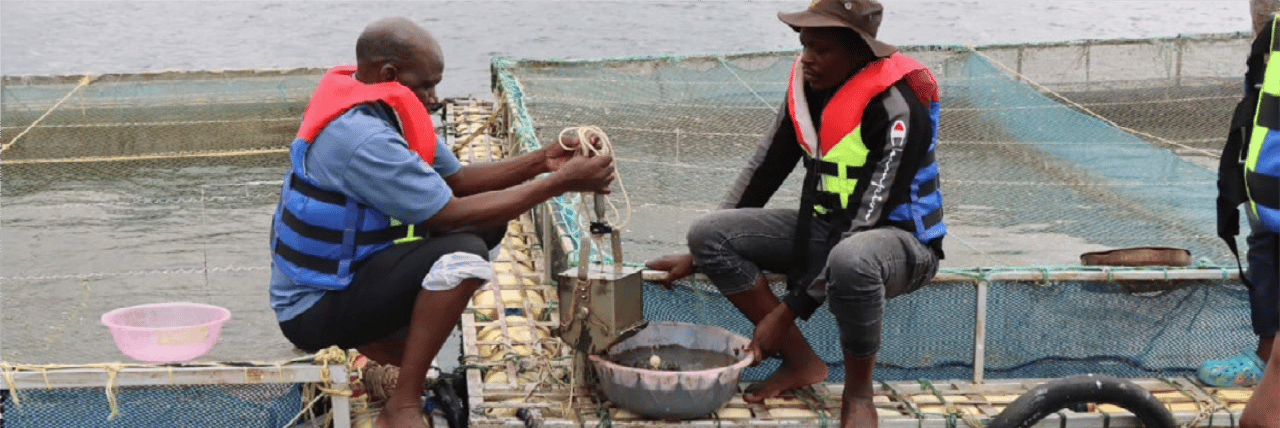A shot in the arm for aquaculture growth
A shot in the arm for aquaculture growth
While fish farming holds a special place in food security and nutrition, as well as the economy, the sector has been on the decline and, has, therefore, not met expected projections. However, with the implementation of the Aquaculture Business Development Programme (ABDP) by the government, things are taking a positive turn.
The programme aims to scale up the fish value chain and increase the value of fish and fish products produced and sold as counties have proven to have high aquaculture potential, says Dr Francis Owino, the Principal Secretary, Ministry of Agriculture, Livestock and Fisheries, in a statement published in Samaki Yetu, an ABDP newsletter produced in 2021.
“ABDP presents great opportunities for over 35,500 households (213,000 beneficiaries), who include smallholder aquaculture farmers, input suppliers, aggregators (independent aquaculture aggregators), processors through Public-Private-Producer-Partnerships (PPPP),” he explains.
a marine tilapia (freshwater species). This breed reproduces fast, is fast maturing and can be ready for harvesting within four to five months.
Interventions under the ABDP include the following:
- Support to county-level extension service provision;
- Support smallholder aquaculture farmers with some inputs and in rehabilitation or construction of production units;
- Capacity building for aquaculture value-chain players;
- Complete the missing link between producers and markets for farmed fish;
- Create structured markets and institutions in the aquaculture value chain. Smallholder farmers are being organised into Smallholder Aquaculture Groups (SAGs);
- Making mini-fish; Processing plants in the counties (Meru, Nyeri, Kakamega, and Migori) that are the aquaculture business hubs;
- Dedicated support for more than 5,500 youth;
- Aquaculture Support Enterprises (ASEs) through MSMEs related interventions, and dedicated support for over 63,900 women to form viable enterprises.
Opportunities in aquaculture subsector
The programme, which is in its third-year and runs for eight years, has very many opportunities. “There is already a significant gap between the projected demand and national fish production – 250,000 MT in 2014, and expected to increase to 360,000 MT/year by 2025 – resulting in a continuous decline in per capita average consumption and rising prices,” adds the PS.
Consumption of fish in Kenya has dropped in recent years to 4.5kg per person per year compared to a global average of 20kg per person per year. This indicates a huge consumption gap and a potential market for fish farmers.
“Farmers in Kakamega have already secured a market with the European Union to supply 68 tonnes of fish every month,” says Mr Owino. “Farmers can take advantage of this opportunity and scale-up production, because there is a ready market.” ABDP is also promoting public-private linkages; hence, bridging the gap to ensure realisation of high aquaculture production.
Innovation and other Climate Smart Aquaculture Techniques are also being encouraged; hence, creating a golden opportunity for the young people.



